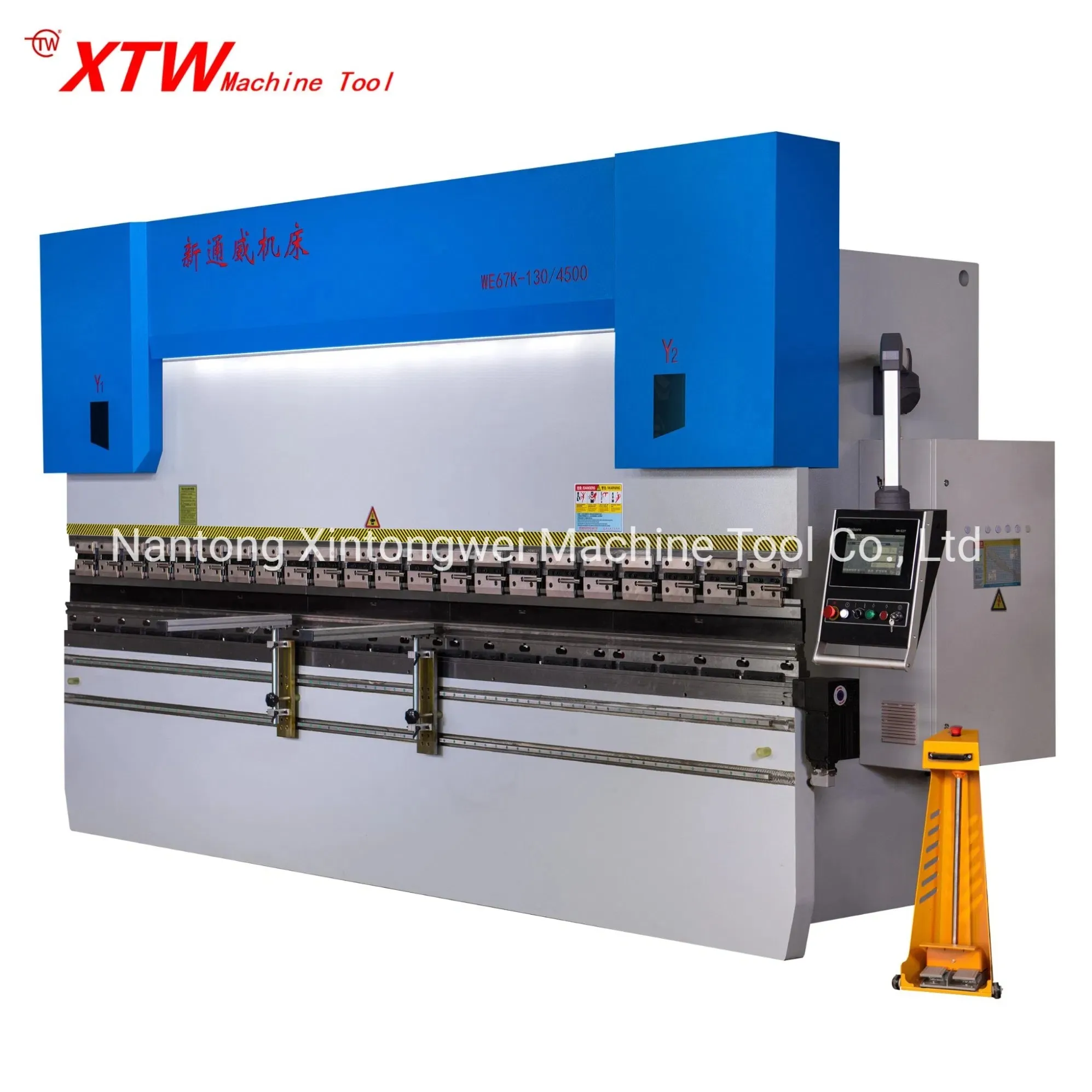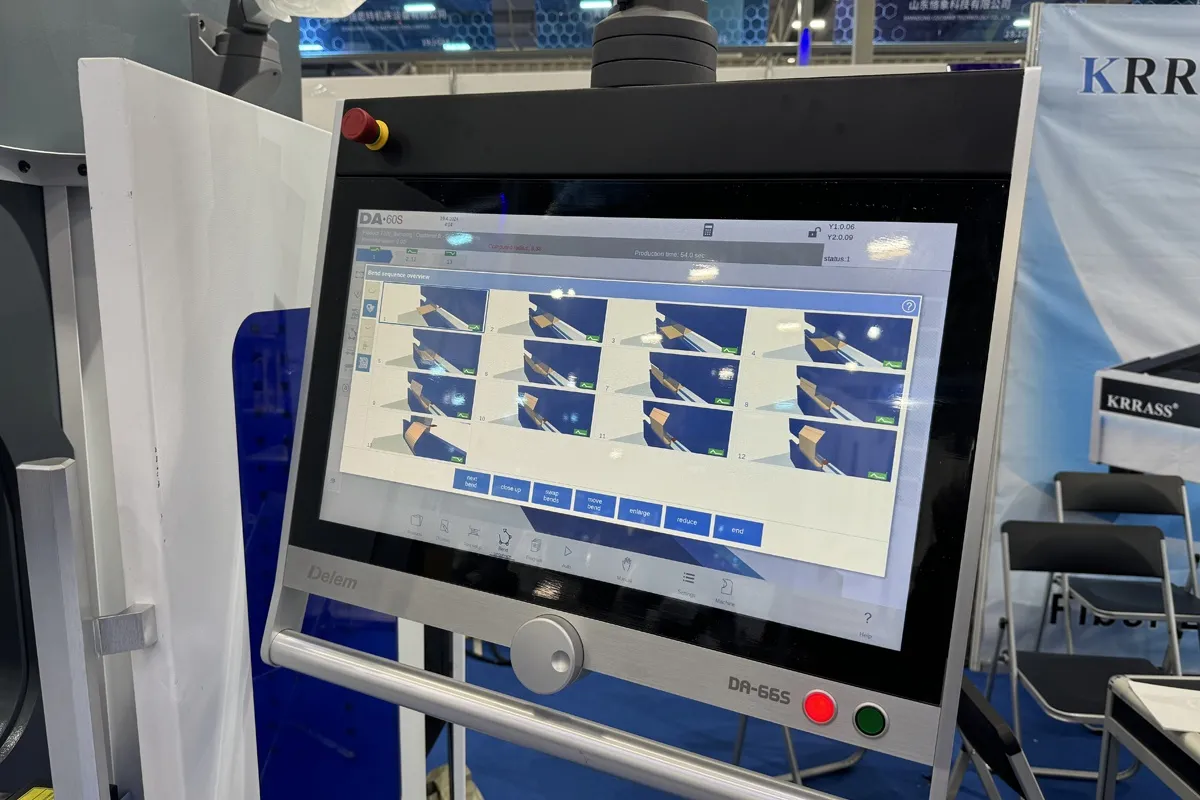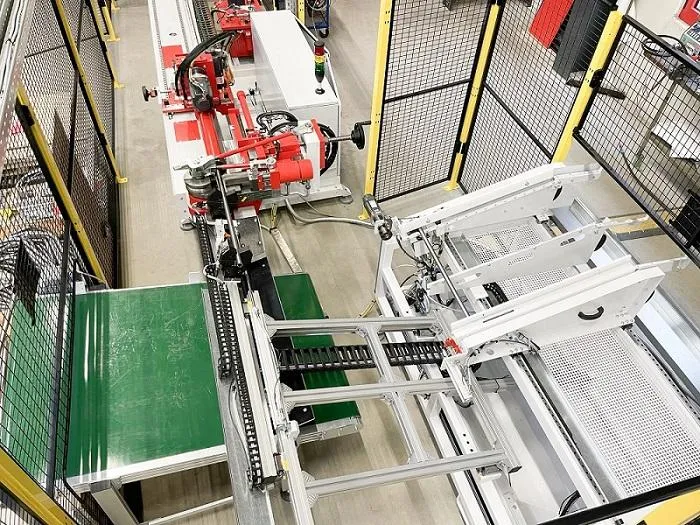Used Bending Machines: A Comprehensive Guide
In the world of metal fabrication, bending machines play a crucial role in shaping sheet metal and plates into desired forms. While new machines offer the latest technology, used bending machines present a cost-effective alternative for many businesses. This guide explores the benefits, types, considerations, and maintenance tips for purchasing used bending machines.
Benefits of Choosing Used Bending Machines
Opting for a used bending machine can provide significant advantages, especially for small to medium-sized enterprises (SMEs) or startups with budget constraints. The primary benefit is cost savings; used machines are typically available at 30-50% of the price of new ones. This allows businesses to allocate resources to other critical areas such as tooling, training, or marketing. Additionally, used machines often have a proven track record of reliability, and many models from reputable brands like Amada, Trumpf, and Bystronic are built to last for decades. Lead times are also shorter compared to waiting for a new machine to be manufactured and delivered.

Types of Used Bending Machines
There are several types of bending machines available on the used market, each suited for specific applications. Understanding these types is essential for making an informed purchase decision.
Press Brakes
Press brakes are the most common type of bending machine. They use a punch and die to bend sheet metal. Used press brakes can be mechanical, hydraulic, or servo-electric. Hydraulic press brakes are popular for their power, control, and versatility in handling various materials and thicknesses.
Roll Benders
Roll benders, or plate rollers, are used for curving metal plates into cylinders, cones, or other curved shapes. They are ideal for applications in industries like shipbuilding, aerospace, and construction. Three-roll and four-roll machines are common, with four-roll models offering better precision and control.
Angle Benders
These machines specialize in bending angle iron, flat bar, and other profiles. They are commonly used in structural steel fabrication for creating frames, supports, and custom metal structures.

Key Considerations When Buying Used
Purchasing a used bending machine requires careful evaluation to ensure you get a reliable and efficient machine. Here are some critical factors to consider:
Machine Condition and History
Inspect the machine thoroughly for signs of wear, damage, or misuse. Check the condition of critical components such as the ram, bed, dies, and hydraulic system. Request maintenance records and history to understand how the machine was previously operated and serviced.
Specifications and Capabilities
Ensure the machine meets your production requirements. Consider factors such as bending length, tonnage, stroke length, and accuracy. Verify that the machine can handle the material types and thicknesses you work with.
Brand and Availability of Parts
Choose machines from reputable brands known for durability and reliability. Additionally, check the availability of spare parts and technical support. Older or obscure models might have limited parts availability, leading to prolonged downtime.
Technology and Control System
Older machines may have outdated control systems. If precision and automation are important, look for used machines with modern CNC controls. Some machines can be retrofitted with new controls to improve performance.
| Type | Primary Use | Advantages | Considerations |
|---|---|---|---|
| Hydraulic Press Brake | Precision bending of sheets | High power, versatile, good control | Requires regular hydraulic maintenance |
| Mechanical Press Brake | High-speed simple bends | Robust, lower maintenance | Less control, older technology |
| Plate Roll Bender | Curving plates into cylinders | Excellent for large radii | Requires more floor space |
| CNC Angle Bender | Bending profiles and angles | High automation, repeatable | Higher initial cost even used |

Inspection Checklist
Before finalizing a purchase, it's advisable to conduct a thorough inspection. Here is a basic checklist:
- Check for any visible cracks or repairs on the frame.
- Inspect the hydraulic system for leaks and proper pressure.
- Test the accuracy of the bending angles and repeatability.
- Examine the condition of the tools (punches and dies).
- Run the machine through its full range of motions.
- Review the electrical system and CNC controls for functionality.
Maintenance Tips for Longevity
Proper maintenance is key to maximizing the lifespan and performance of a used bending machine. Regular lubrication of moving parts, checking hydraulic fluid levels and quality, and keeping the machine clean are essential practices. Calibrate the CNC system periodically to maintain accuracy. Training operators on correct usage can prevent misuse and unnecessary wear.
Conclusion
Investing in a used bending machine can be a strategic decision that offers substantial financial benefits without significantly compromising on capability. By carefully selecting a machine from a reputable brand, thoroughly inspecting its condition, and committing to a rigorous maintenance regimen, businesses can enhance their fabrication capabilities and achieve a strong return on investment. The used machinery market provides an opportunity to acquire robust, reliable equipment that continues to drive productivity and innovation in metalworking shops around the world.

